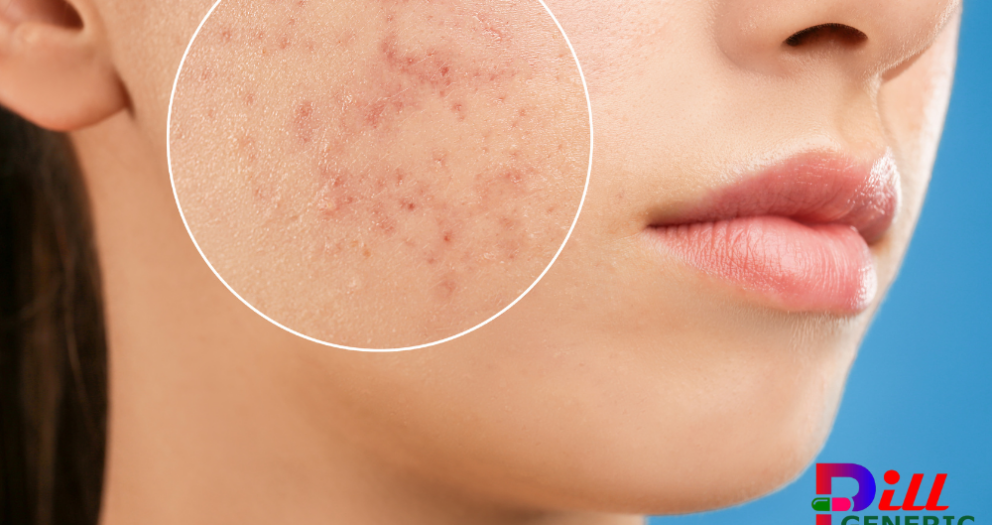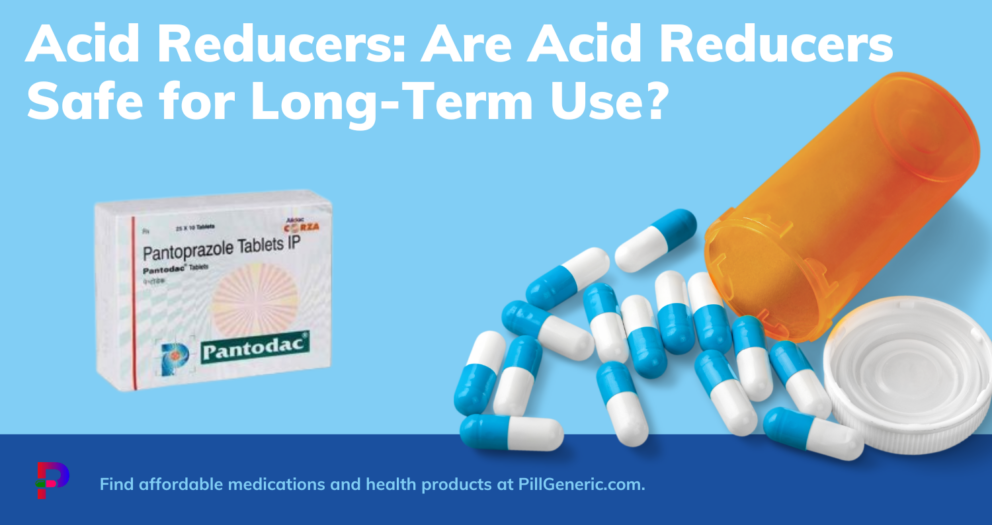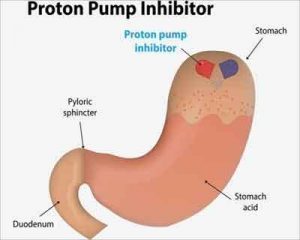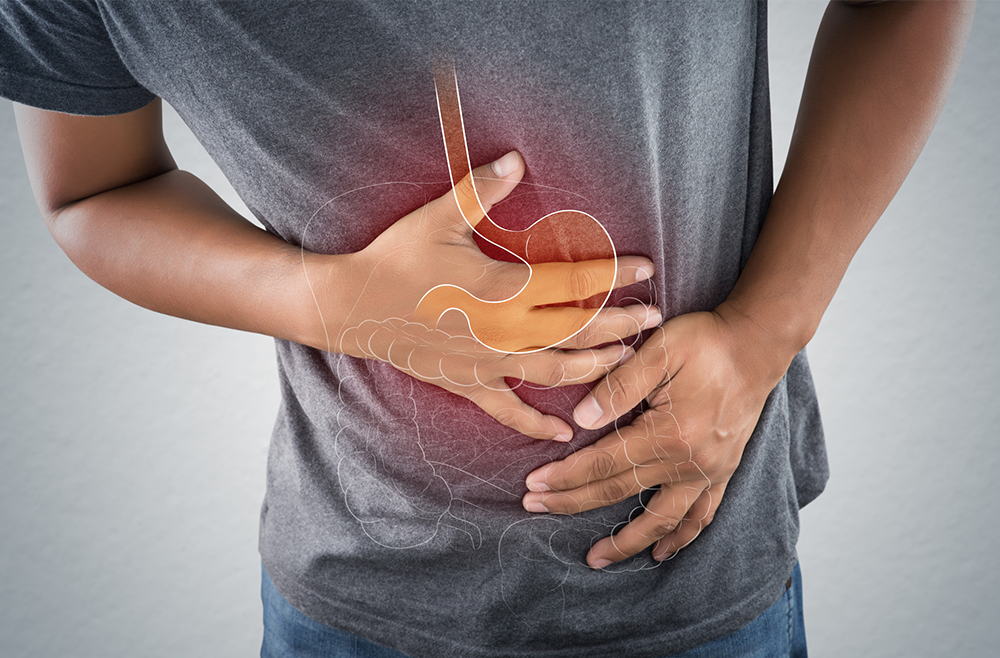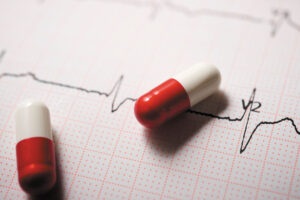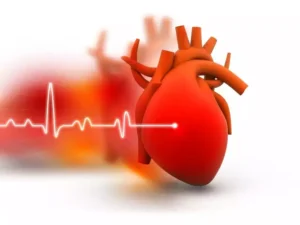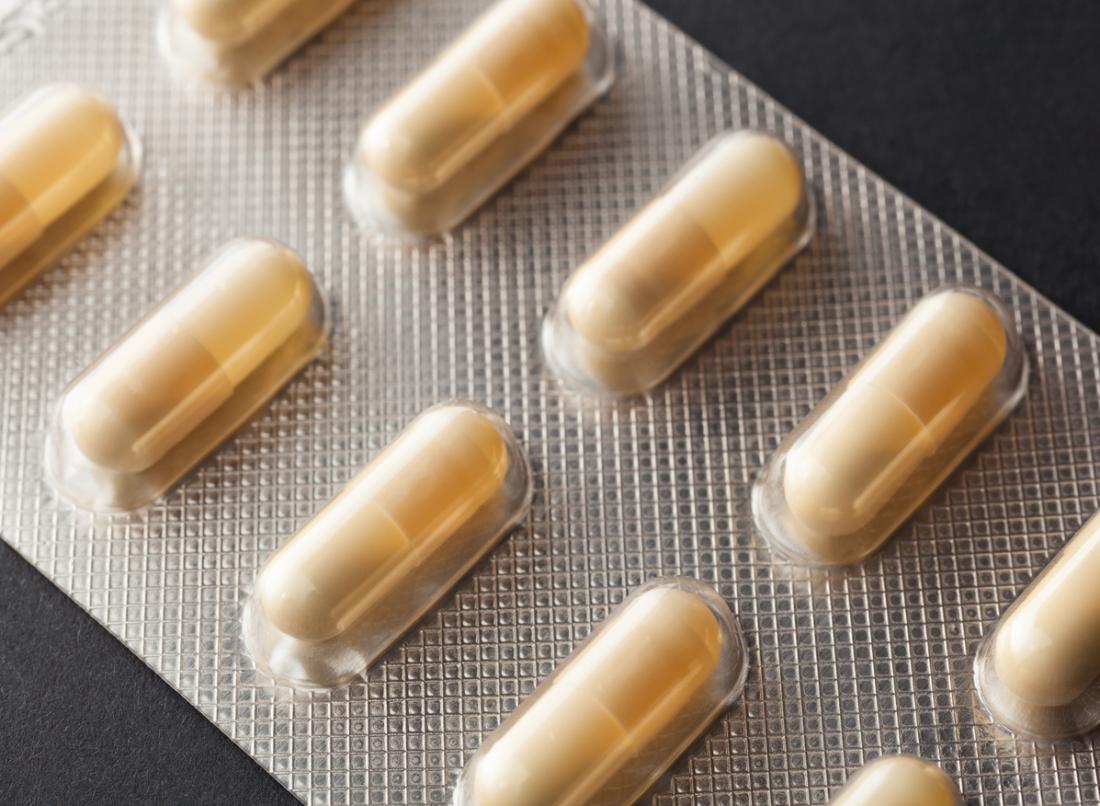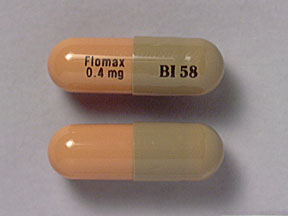Acid Reducers : How To Lower Uric Acid Levels Naturally
How To Use Acid Reducer Products
The use of acid reducer products involves following the instructions given by the manufacturer and seeking advice from a health professional if you are not sure how to use the product.
Here's a general guide on how to use acid reducer products:
Read the Instructions: Before administering any acid reducer product, read the label and the accompanying leaflet or instructions. Note the dosage instructions, dosage timings, and any warnings or precautions.
Choose the Right Product: Acid reducer products include natural antacid, H2 blockers, as well as proton pump inhibitors (PPIs).
The severity of the acid reflux or heartburn symptoms or any other medical condition you may have may be the basis of your choice of product.
Seek the advice of a healthcare provider to know which type of acid reducer is suitable to you.
Follow Dosage Instructions: The acid reducer products are available in different forms as tablets, capsules, pepcid chewable tablets, and liquids.
Take the recommended dosage as directed by the manufacturer or your doctor. Do not take more than the suggested dosage unless prescribed by a medical practitioner.
Monitor for Side Effects: Although acid reducers are relatively safe for short-term use, they may lead to adverse reactions in some people.
Some of the common side effects are headache, nausea, diarrhea, constipation, and abdominal pain. If you experience any serious or long lasting side effects, stop use and seek medical advice.
Baking Soda (Sodium Bicarbonate)
Sodium bicarbonate, known as baking soda, is utilized in cooking, baking, and cleaning. Here are some key points about this compound.
It is a white crystalline powder containing sodium ions and bicarbonate ions. As a leavening agent in baking, it produces carbon dioxide gas.
Baking soda is alkaline and neutralizes acids in recipes. It is an effective and environmentally friendly cleaning agent. It is used for surface cleaning and deodorizing.
Additionally, it is used as a natural deodorizer. Baking soda is used in personal care products. It is also used as a home remedy.
Side Effects of Acid Reducer Products
Acid reducers relieve acid reflux symptoms, but may have adverse effects. Common side effects include headaches and changes in blood flow or neurotransmitter levels.
Nausea and Vomiting: Acid reducers may sometimes cause nausea or vomiting, especially when taken on an empty stomach acid reducer or with other medications that can irritate the gastrointestinal tract.Diarrhea or Constipation: Side effects of using acid reducer products can include altered bowel habits, such as diarrhea or constipation. These gastrointestinal disturbances can interfere with normal digestion and bowel movements.
Abdominal Pain and Discomfort: Others may suffer from abdominal pain, cramps, or discomfort when taking acid reducers. This discomfort is usually mild to moderate but can range in severity depending on the individual’s tolerance level.
 Bone Density Loss : The chronic intake of certain acid reducer medications, namely proton pump inhibitors (PPIs), has been linked to an increased risk of bone density loss and fractures. PPIs can inhibit calcium absorption, and this can lead to bone loss over the long term.
Vitamin and Mineral Deficiencies : Long-term use of acid reducers, particularly PPIs, may cause deficiencies of vital vitamins and minerals like vitamin B12, magnesium, and calcium. These shortcomings may influence the general health and wellbeing negatively.
Increased Risk of Infections : Continuous use of acid reducers, especially PPIs, may lead to an increased risk of certain infections such as gastrointestinal and pneumonia. Decreased acidity in the stomach compromises the body’s defense mechanism against pathogens.
Bone Density Loss : The chronic intake of certain acid reducer medications, namely proton pump inhibitors (PPIs), has been linked to an increased risk of bone density loss and fractures. PPIs can inhibit calcium absorption, and this can lead to bone loss over the long term.
Vitamin and Mineral Deficiencies : Long-term use of acid reducers, particularly PPIs, may cause deficiencies of vital vitamins and minerals like vitamin B12, magnesium, and calcium. These shortcomings may influence the general health and wellbeing negatively.
Increased Risk of Infections : Continuous use of acid reducers, especially PPIs, may lead to an increased risk of certain infections such as gastrointestinal and pneumonia. Decreased acidity in the stomach compromises the body’s defense mechanism against pathogens.
FAQ : Acid Reducers
- What are acid reducers?
- Acid reducers are medications that help reduce the production of stomach acid, thereby alleviating symptoms of acid reflux, heartburn, and indigestion.
- How do acid reducers work?
- Acid reducers work by inhibiting the action of proton pumps or blocking histamine receptors in the stomach lining, which reduces the secretion of acid into the stomach.
- What conditions are acid reducers used to treat?
- Acid reducers are commonly used to treat conditions such as gastroesophageal reflux disease (GERD), peptic ulcers, gastritis, and esophagitis.
- What are the common types of acid reducers?
- Common types of acid reducers include proton pump inhibitors (PPIs) such as omeprazole otc and esomeprazole, as well as H2 receptor antagonists such as ranitidine and famotidine.
- How should acid reducers be taken?
- Acid reducers are typically taken orally, as directed by a healthcare professional. They may be taken with or without food, depending on the specific medication.
- What are the potential side effects of acid reducers?
- Common side effects of acid reducers may include headaches, nausea, diarrhea, constipation, abdominal pain, and, with long-term use, an increased risk of bone fractures and vitamin deficiencies.
- Can acid reducers interact with other medications?
- Yes, acid reducers can interact with certain medications, including anticoagulants, antiplatelet drugs, and certain antibiotics. It's essential to consult a healthcare professional before combining acid reducers with other medications.
- How long can acid reducers be taken safely?
- The duration of acid reducer treatment depends on the underlying condition being treated and the individual's response to the medication. Short-term use is often recommended for acute conditions, while long-term use may be necessary for chronic conditions like GERD.
- Are there any lifestyle changes that can complement acid reducer therapy?
- Yes, lifestyle modifications such as maintaining a healthy weight, avoiding trigger foods that worsen symptoms, eating smaller meals, avoiding lying down immediately after eating, and quitting smoking can help complement the effects of acid reducers.
- When should I consult a healthcare professional about my acid reflux symptoms?
- It's advisable to consult a healthcare professional if you experience frequent or severe symptoms of acid reflux, including heartburn, regurgitation, difficulty swallowing, chest pain, or persistent coughing, as these may indicate underlying health issues that require medical attention.
Fact Box: Acid Reducers
Types:Proton Pump Inhibitors (PPIs): These include omeprazole (Prilosec) and esomeprazole (Nexium). PPIs work by inhibiting proton pumps in the stomach acid reducer lining, thereby preventing acid production.
H2 Receptor Antagonists: These include ranitidine (Zantac) and famotidine (Pepcid). H2 blockers block the activity of histamine, which is responsible for the acid secretion in the stomach.
Administration: It is usually administered orally, either with or without food, as prescribed by a physician.
Common Uses: The most common conditions treated with acid reducers are gastroesophageal reflux disease (GERD), peptic ulcers, gastritis, and esophagitis.
Potential Side Effects: The side effects may be headaches, nausea, diarrhea, constipation, abdominal pain and, as a result of long-term use, an increased risk of bone fractures and vitamin deficiencies.


